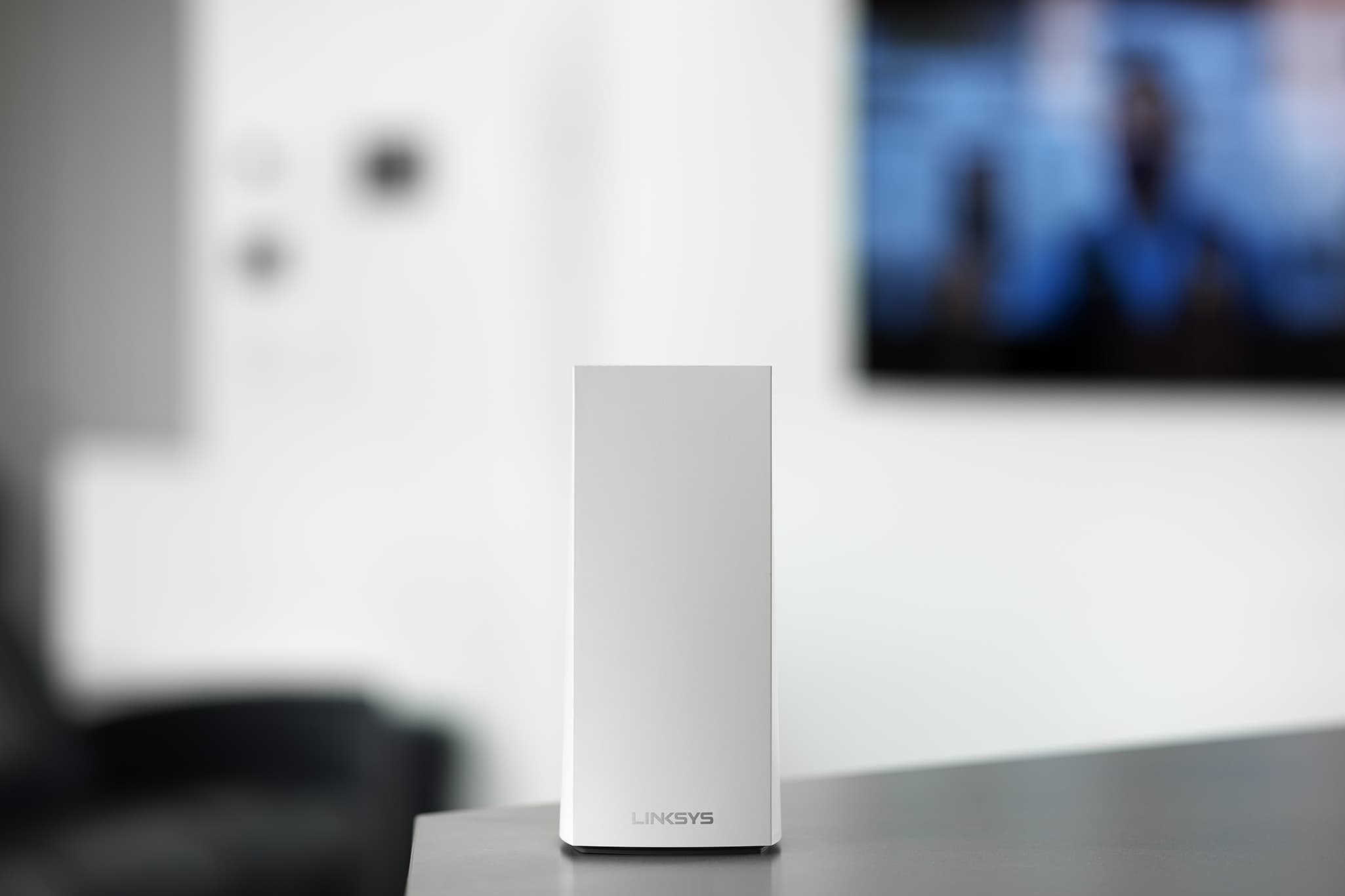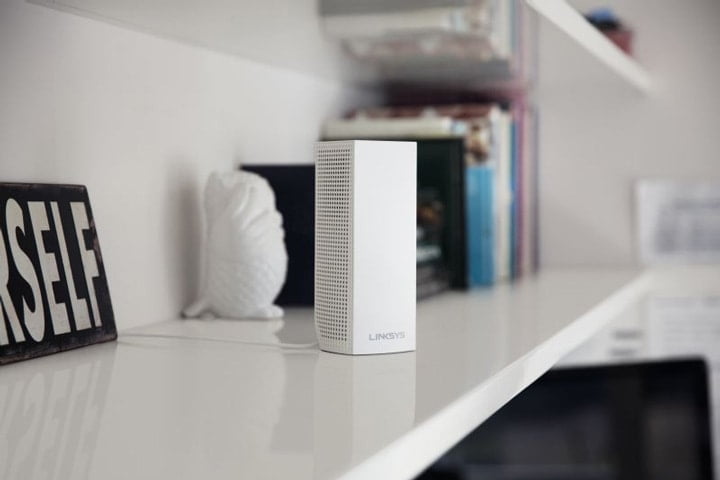A range of wireless standards have been developed to facilitate communication between smart home devices. However, adding Wi-Fi to a device also increases power consumption, so some manufacturers have opted to use Zigbee and Z-Wave instead. While both have their unique characteristics, we’ll focus here on what is Zigbee and why it’s a great alternative to shoving every smart device you have onto your Wi-Fi network.
Smart Homes Explained
What is Zigbee?
Zigbee is a specification created for high-level communication protocols using low-power digital radios. It operates on the IEEE 802.15.4 specification for wireless personal area networks (WPANs), allowing for secure and reliable communication between smart home devices. Due to its lower power requirements, it has become a popular option to connect smart devices like window and door sensors and motion sensors in a smart home.

Why is Zigbee better than other technologies?
- Low Power Consumption: Zigbee devices are known for their low power consumption, which makes them an ideal choice for battery-powered devices.
- Mesh Networking: Zigbee supports mesh networking, where devices communicate with each other by passing data along a network, enhancing reliability and range.
- Secure: Zigbee employs high-level encryption to secure the data communicated between devices, safeguarding your smart home network against potential intrusions.
- Affordability: Given its low power consumption and the utilization of less expensive radio chips, Zigbee devices tend to be more affordable compared to others employing different protocols. This is especially true when you compare it to a Wi-Fi-enabled device.
Zigbee and the Smart Home
Zigbee is found in a variety of smart devices, including lighting systems, heating controls, and security systems, among others. Its ability to support mesh networks means that the more devices you have, the stronger and more reliable your network becomes, creating a cohesive and efficient smart home ecosystem. However, it would be foolish to not at least mention Z-Wave, a similar technology to Zigbee for communication between low power devices.
Zigbee vs. Z-Wave
While discussing Zigbee, it’s almost inevitable to bring Z-Wave into the conversation, another dominant player in the smart home technology space.
- Frequency: While Zigbee operates in the 2.4 GHz band, Z-Wave operates at a lower frequency of 908.42 MHz in the US, which generally means it is less prone to interference from other household devices.
- Range: Z-Wave slightly edges out in terms of range, with individual Z-Wave devices typically having a longer range compared to Zigbee devices.
- Network Size: Zigbee supports a larger network of devices, allowing for more extensive setups compared to Z-Wave.
- Compatibility: Zigbee boasts a slight edge in terms of compatibility given its open-source foundation, offering compatibility with a wider range of devices compared to Z-Wave.
Despite these differences, both Zigbee and Z-Wave bring reliability and efficiency to the table, offering strong choices for setting up a smart home ecosystem. Your choice between the two would largely depend on personal preferences and specific home setup requirements.



